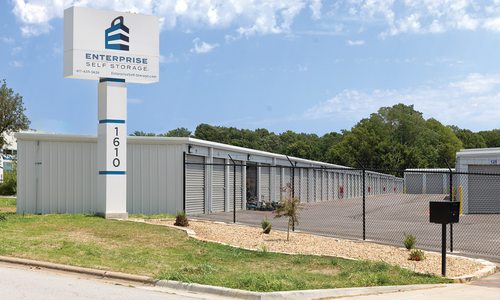
Strategy
Checking for Environmental Contamination
Buying, leasing or redeveloping property is a big step for your business. Here’s what to do if you find environmental contamination on your business’s potential new digs.
By Claire Porter
May 2017

Before you sign on the dotted line for a property, you need to make sure you’re getting the perfect spot. Your vetting isn’t truly complete until you’ve found out whether the location has any environmental damage. Consulting companies like Environmental Works Inc. help clients assess property transactions and manage any environmental problems that might arise.
“It really matters what [the property] was before, not just right before, but 40 or 50 years before,” Environmental Works President Jason Smith says. Industries like manufacturing or transportation come with an expected level of risk, but even businesses located on the site of old gas stations or dry cleaners come with a chance of past damage. “Dry cleaners, particularly in the past, used chemicals that are carcinogens, so that would be something you’d want to know about before you buy a property,” he says.
That’s where a Phase 1 study, a historical report showing if a property’s prior use could have caused damage, comes in. Smith says a potential buyer or lender’s biggest mistake is not having a study done because it gives them an innocent landowner’s defense—meaning if you’ve done the research, you are not responsible for issues discovered later. And a study doesn’t always mean bad news. “A Phase 1 can end with: ‘There are no environmental conditions,’” Smith says, which gives the buyer or lender confidence that there won’t be problems down the road.
If there are signs of potential damage, Smith says you have options: “You can walk away from the deal or refuse to finance it. More than likely, though, if you’re interested in the property, you’re going to want to spend a little bit more money and determine if there really is a problem there.” Enter the Phase 2 study, which involves collecting soil or groundwater samples to test if your property is safe for its planned usage and if present contamination falls within acceptable regulated limits. Smith says there are grants, funds and voluntary cleanup programs that sometimes mitigate the cost of cleanup and give you a regulatory stamp of approval.
With a professional by your side to identify those opportunities, navigating the murky waters of an environmental cleanup doesn’t have to be a headache. And it protects you in the long run. “We’ve certainly seen plenty of scenarios where people have bought contaminated property, and they had no idea,” Smith says. “They didn’t cause the contamination, and it might not even be something that anybody is going to require them to do anything about, but it might make selling that property when they’re ready to sell it very difficult.” Do yourself a favor and request a Phase 1. Your wallet (and your well-being) will thank you.












